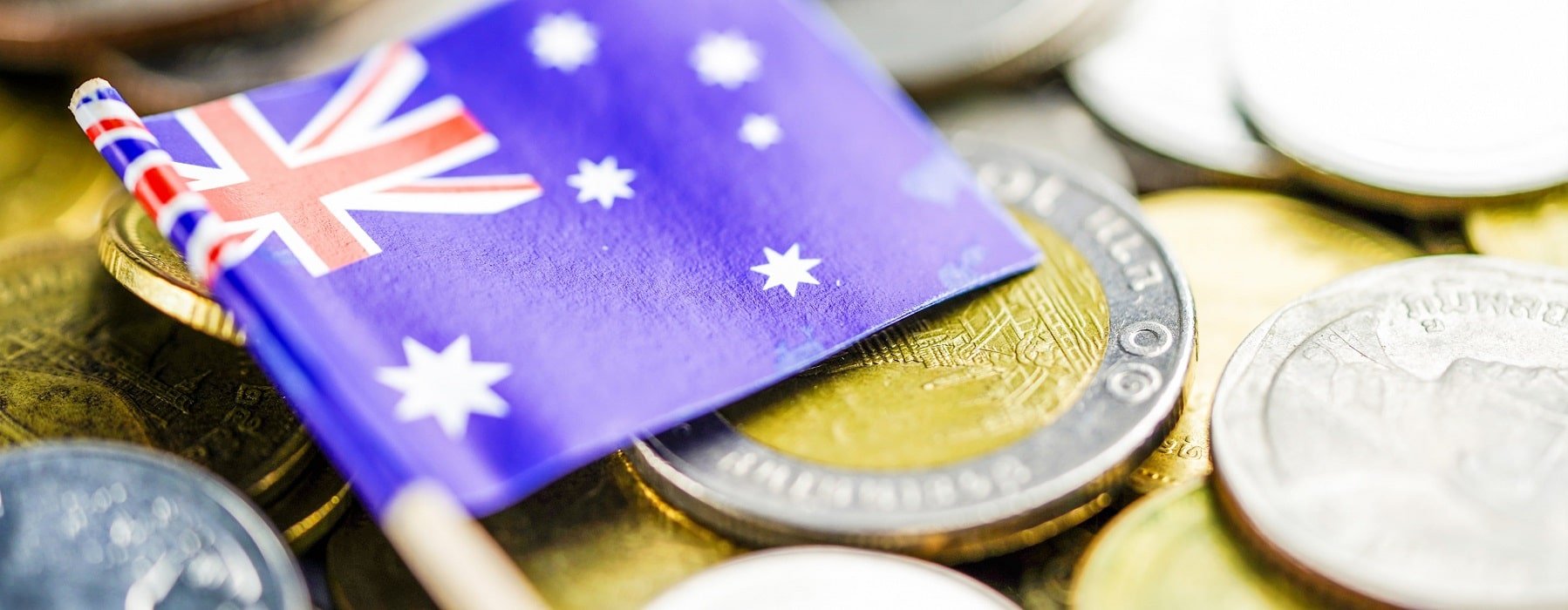The Australian dollar has been stealing the show in the forex world for the past few weeks. The forest fires have been extinguished, the country has remained largely unaffected by the corona outbreak and the central bank has dispelled the doubts of forex traders.
An interest rate cut is often a good way to diminish a currency’s popularity. When interest rates fall, financial institutions and big investors look for more profitable alternatives for the investment of their assets. With regard to the Australian dollar, however, exactly the opposite is happening. The currency has risen more than 12% against the US dollar since the Bank of Australia cut its official interest rate to its lowest level ever: 0.25%. The finish line of the currency’s rise is not yet in view.
Forest fires and COVID-19
The first months of this year saw a sharp drop in the value of the Australian dollar. Large-scale forest fires threatened to put a big spoke in the spanner in terms of the country’s economic growth. Australia was also hit hard indirectly by the corona outbreak in important trading partner China. Nevertheless, the central bank managed to resist the temptation of giving the economy a boost by lowering the interest rates for quite some time. The prospect of interest rates dropping even further prompted many parties to nevertheless ignore the Australian. Eleven weeks ago, this column stated that an interest rate cut by the Bank of Australia could be interpreted as a sign that the dollarydoo was preparing to rise from the ashes.
The comeback of the dollarydoo
Dollarydoo is a nickname for the Australian dollar. Five years ago, a petition to officially change the name of this currency to make it more popular in the forex world received no fewer than 70,000 signatures. However, even without a name change, the Australian dollar has been stealing the show in the past few weeks. This is partly due to the fact that the Chinese economy is starting up faster than in the rest of the world. This applies equally to the Australian export market. The increase in value illustrates not only the strength of the dollarydoo, but also the weakness of other currencies. The euro and the US dollar have taken a step back in response to the huge stimulus packages implemented on both sides of the Atlantic.
Kiwi pulled along in the slipstream
The Australian dollar is not the only currency to get leg-up thanks to these developments. The New Zealand dollar – also called the kiwi – has risen by at least 10% against the US dollar in the past few weeks. Of course, the fact that both countries remain largely unaffected by the corona outbreak also plays a role here. In Australia, the disease has claimed fewer than 100 victims so far, while not even 20 have died in New Zealand. As long as both countries manage to control the virus better than the rest of the world – and thus prevent their economy from seriously derailing – the rise of the dollarydoo and the kiwi can continue unabated.
Joost Derks is a currency specialist at iBanFirst. He has over twenty years of experience in the forex world. This column reflects his personal opinion and is not intended as professional investment advice.
Topics






